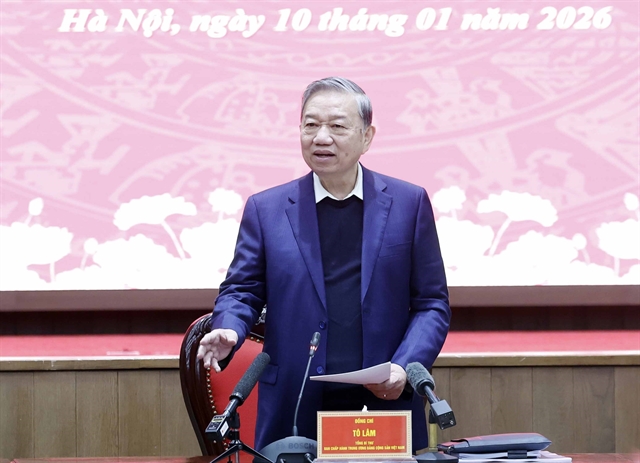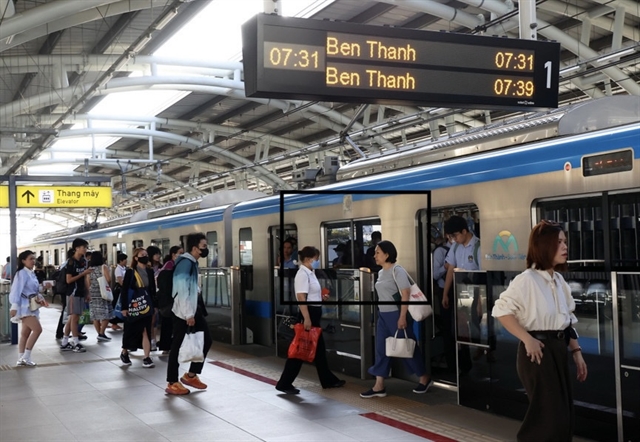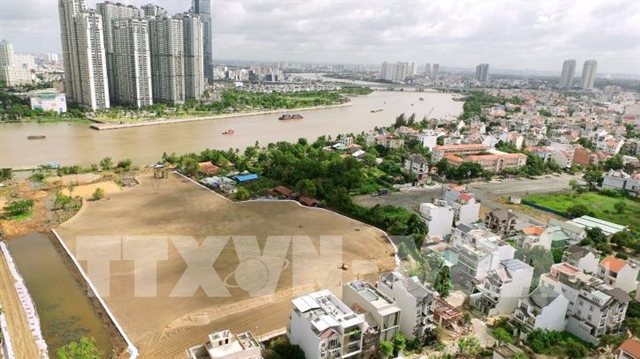 Opinion
Opinion


|
| Part of HCM City. VNA/VNS Photo Quang Nhựt |
Đào Ngọc Nghiêm, vice president of the Việt Nam Urban Development and Planning Association, talks to Kinh tế & Đô Thị (Economy and Urban Affairs) newspaper about the achievements and shortcomings in urban planning, development and management.
Việt Nam has been focusing on urban planning, development and management over the last five years. In your opinion, what achievements has this sector made?
I can think of four outstanding achievements that Việt Nam has made in the last five years regarding urban planning, development and management.
First of all, we have step-by-step improved relevant legal framework, policies and mechanisms from the Central Party Committee’s resolutions to legislation including the Law on Planning (2017), the Law on Architecture (2019) and the Law on Construction (2014) with dozens of amendments to adapt to new situations. We have also seen Government decisions and decrees on green growth, new-style rural areas and smart urban area development. Thanks to these improvements to the legal framework, sectors and localities have focused more on planning work for harmonised development.
Secondly, Việt Nam has witnessed a high urbanisation rate. The country now has 859 urban areas, accounting for 40 per cent of the total, while in 2000 the percentage was just 30 per cent. The network of urban areas runs across the country, helping to boost socio-economic development in the regions they are located.
Thirdly, Việt Nam has learnt experiences from other countries in urban planning, development and management, especially in developing smart cities, green cities and sustainable cities. Hà Nội, Hải Phòng, HCM City, Quảng Ninh and Đà Nẵng are among those that plan to become smart cities.
In terms of management, trials on urban administration have been implemented in Hà Nội and HCM City.
Fourthly, new-style rural areas have been developed inside urban areas and cities, helping to create new identities and narrow the gap between rich and poor.
Communes in Hà Nội are all planning to develop new-style rural areas. So far, ten districts and 371 communes, accounting for 96 per cent of the city’s total, have achieved this target thanks to changes to economic structure and improved income and living conditions.
In draft documents to be submitted to the 13th National Party Congress early next year, one of the shortcomings highlighted is the mismatch between expanded urban spaces and the quality of urban areas. What do you think about this issue?
I agree that some urban areas have been developed without sufficient infrastructure, particularly transport, drainage, wastewater treatment and urban management.
We need to increase the quality of urban planning. However, I don’t think it is reasonable to say that our urban planning is poor because we have made positive changes.
Similarly, it is not reasonable to say that Việt Nam’s urban areas lack typical identities. Both local and international experts recognise Việt Nam’s architectural achievements such as green buildings and urban areas that are worth living in.
A key issue is to develop mechanisms to further mobilise social resources and diversify investments in infrastructure, particularly transport. Do you have any recommendations to effectively attract funding to transport infrastructure?
To address the funding issue for transport infrastructure, we need to identify urban models to follow. For example, Hà Nội should be developed into a cluster of urban areas including a major city and satellite urban areas, while HCM City should apply the “cities within a city” model.
Hà Nội should follow transit-oriented development (TOD), which is the creation of compact, walkable, pedestrian-oriented, mixed-use communities centred around high-quality train systems. This makes it possible to live a lower-stress life without complete dependence on a car for mobility and survival.
TOD-integrated transport should go together with scientific and technological applications. Other related issues include vehicle management, public transport and underground parking.
Do you have any comments about the draft documents to be submitted to the 13th National Party Congress, especially those relating to infrastructure improvements and urban development?
I don't think infrastructure improvements and urban development should be included in the new legal framework. They should be separated because they will play an important role in the country’s socio-economic development. I also think we should identify priorities for key national transport projects and those to boost regional links. Focus should be given to the application of science and technology as well as attracting investment to improve the quality of urban areas towards sustainable development. VNS